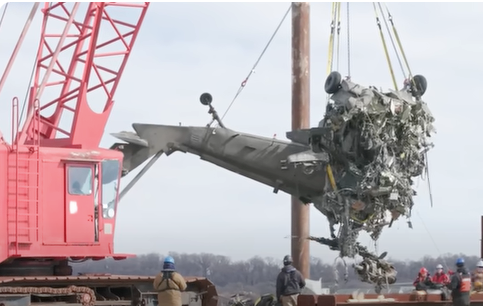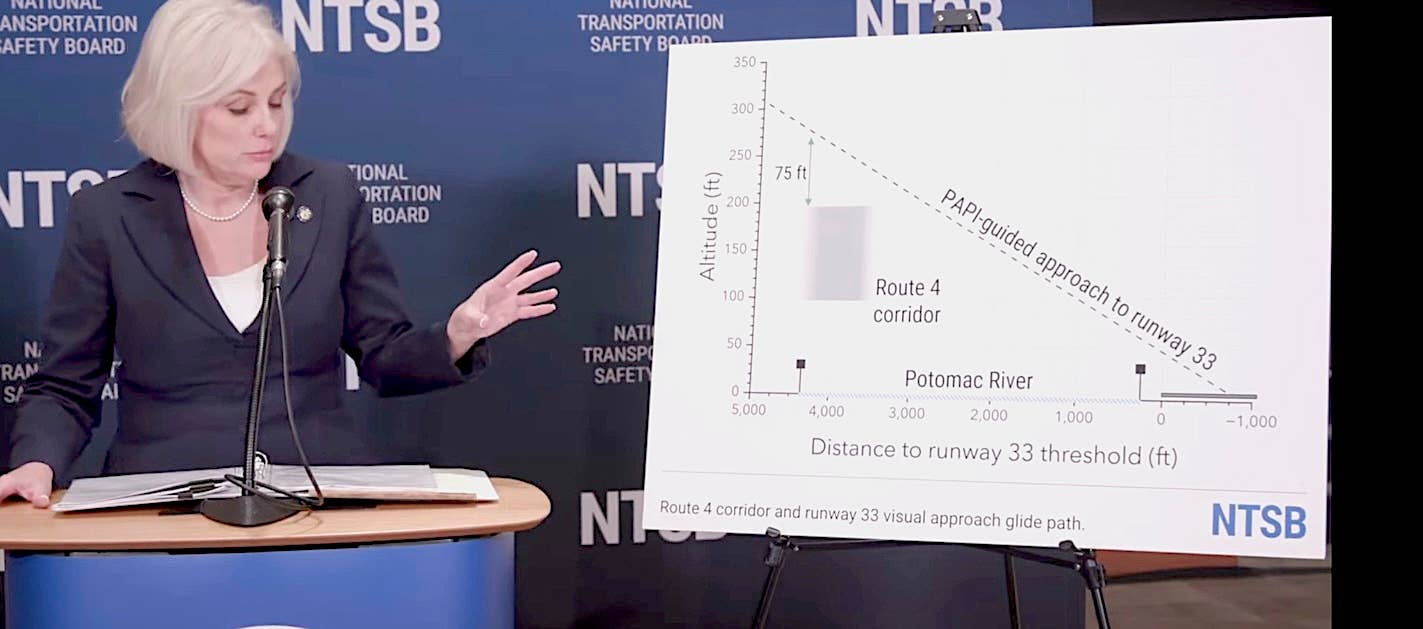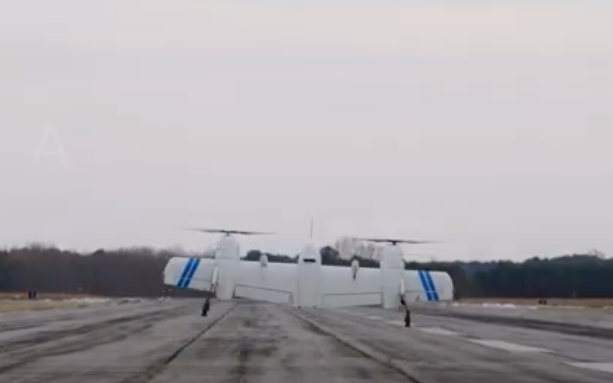NTSB Silent On Black Hawk’s ADS-B Status
Avionics gear on the Army Black Hawk helicopter was recovered Friday.

NTSB video screenshot
The NTSB has declined to confirm statements by Sen. Ted Cruz that the crew of an Army Black Hawk helicopter had the aircraft's ADS-B Out transmitter "turned off" when it was in a collision with a PSA CRJ700 at Reagan National Airport in late January. The NTSB said in a media update on Saturday that it has recovered all the big pieces of wreckage from both aircraft and "retrieved additional avionics" from the Black Hawk but it's still not discussing the status of the ADS-B components at the time of the crash. "We don’t have any information to share on that at this time," an NTSB spokeswoman told AVweb. "The examination of key components for both aircraft is ongoing. No conclusions have been drawn at this time." Chair Jennifer Homendy said something similar on Friday but that was before the recovery of the wreckage was completed. The spokeswoman said there is no timeline set for discussing that information.
Cruz, who is chairman of the Senate Commerce Committee, told reporters on Thursday that he'd been briefed on the accident and appeared to be linking the status of the transmitter to the chain of events ending with the collision. "This was a training mission, so there was no compelling national security reason for ADS-B to be turned off," Cruz said, adding that he's "asked the Army to reconsider and assess with what frequency is the Army turning off ADS-B Out on military missions, particularly missions that do not have a sensitive national security component."
The ADS-B Out's status is part of the discussion of the helicopter's altitude. The corridor it was flying had a ceiling of 200 feet but the CRJ's flight data recorder had it at 325 feet, plus or minus 25 feet, at the time of the collision. "The investigation needs to proceed," Cruz said. "We need to understand why that is the case." As part of that investigation the NTSB has examined an airworthy "exemplar" Black Hawk from the Army to "compare switch and other settings from the accident helicopter."
In 2019, the FAA issued a rule that allows the military broad discretion on when they disable ADS-B Out. They make considerable use of that discretion according to plane spotters who report that military aircraft often fail to be depicted on any of the major ADS-B tracking websites.






